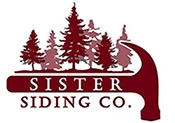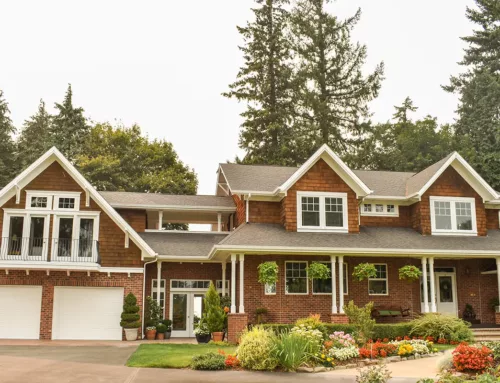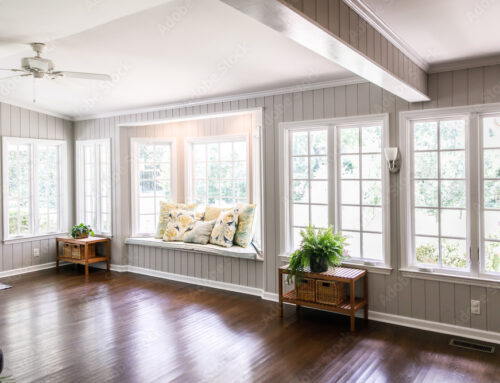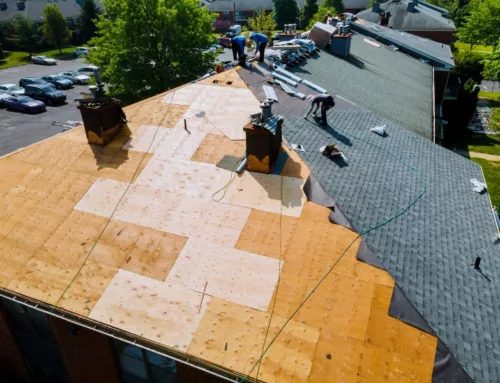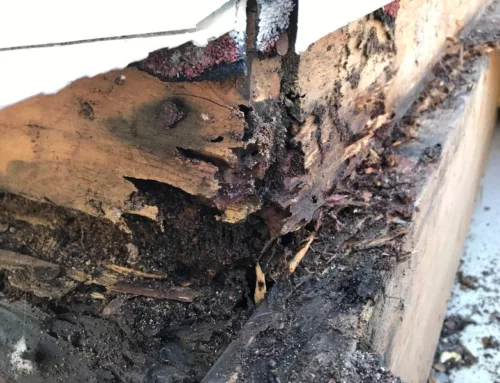Table of Contents
Energy Efficient Home Improvement Ideas
- Find & Seal Air Leaks
- Clean Your Windows
- Paint Your House
- Inspect Your HVAC
- Insulate The Attic
- Get Door Closers
- Repair Or Install A Deck
- Install A Smart Thermostat
- Buy Houseplants
- Clean Dryer Vent Lint
- Repair Siding
- Switch To LED Lighting
- Turn Down Your Water Heater
- Pre-Set Your Thermostat
- Use Thick or “Blackout” Curtains
- Replace Old Appliances
- Install & Use Your Ceiling Fan
- Repair Your Roof
- Get New Windows
- Buy Energy-Efficient Doors
Energy Efficient Home Improvement Ideas
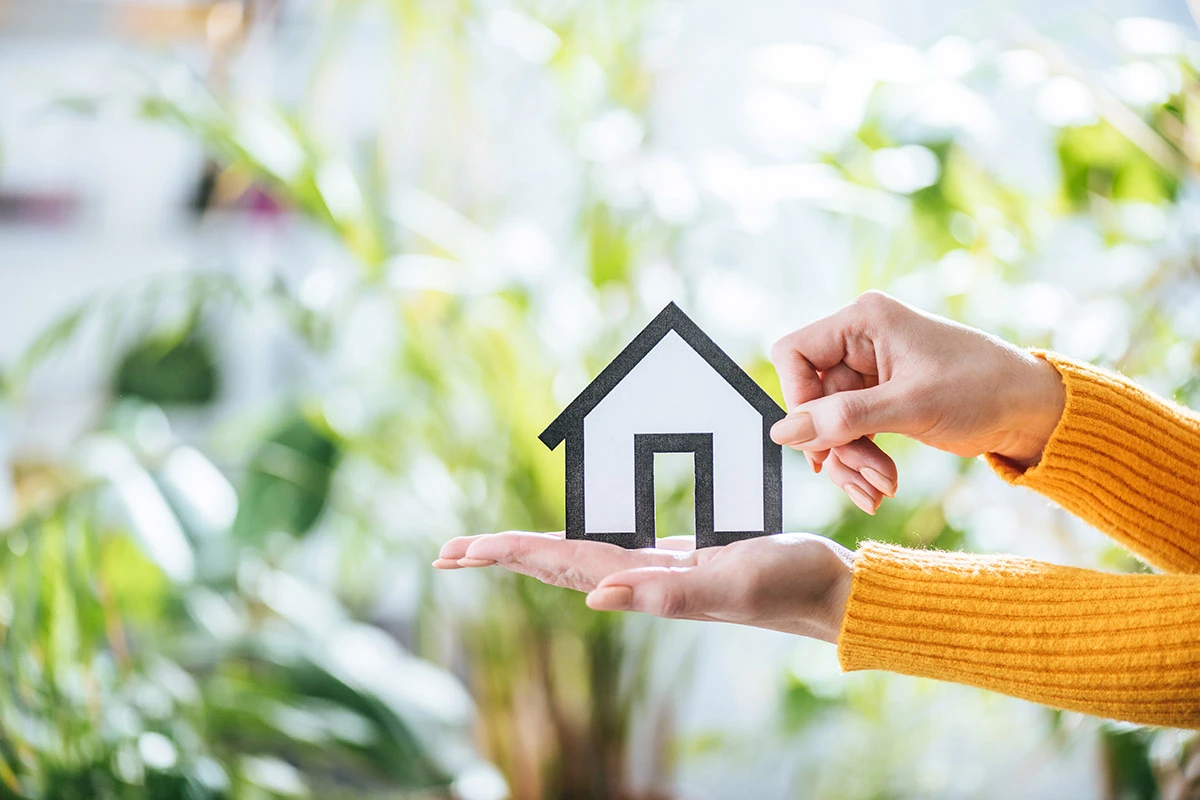
Home improvement projects are usually part of the beautifying process for a house. However, there are also some great home improvement ideas for saving money in the long run. Energy efficiency and home protection can work hand in hand with improving the look of your home. The number of home improvement projects that need to be done on a home can be cut down to a manageable size when a house is properly maintained – but, whether your home has been properly maintained or you want to start maintaining it going forward, there are a number of ways to cut back on energy costs.
Find & Seal Air Leaks
Inspect the exterior of your home for air leaks by turning on the AC and feeling around potential leak areas for cool air that’s escaping. Search near windows and door frames, pipes, and siding. Sealing any leaks will help you save on energy costs during the hot summer months so your HVAC system isn’t overrun. If you find that your windows or doors need to be replaced, call a local contractor to have them installed before summer begins.
Clean Your Windows
You may need to hire a service to remove winter grime from your windows and get them to sparkle like new. Having clean windows will allow more natural light to pass through so you wont need to turn on the lights during the day. Poorly lit rooms may just be in need of a good window clean. It’s good to have this done in the late spring so you can take advantage of the summer sun.
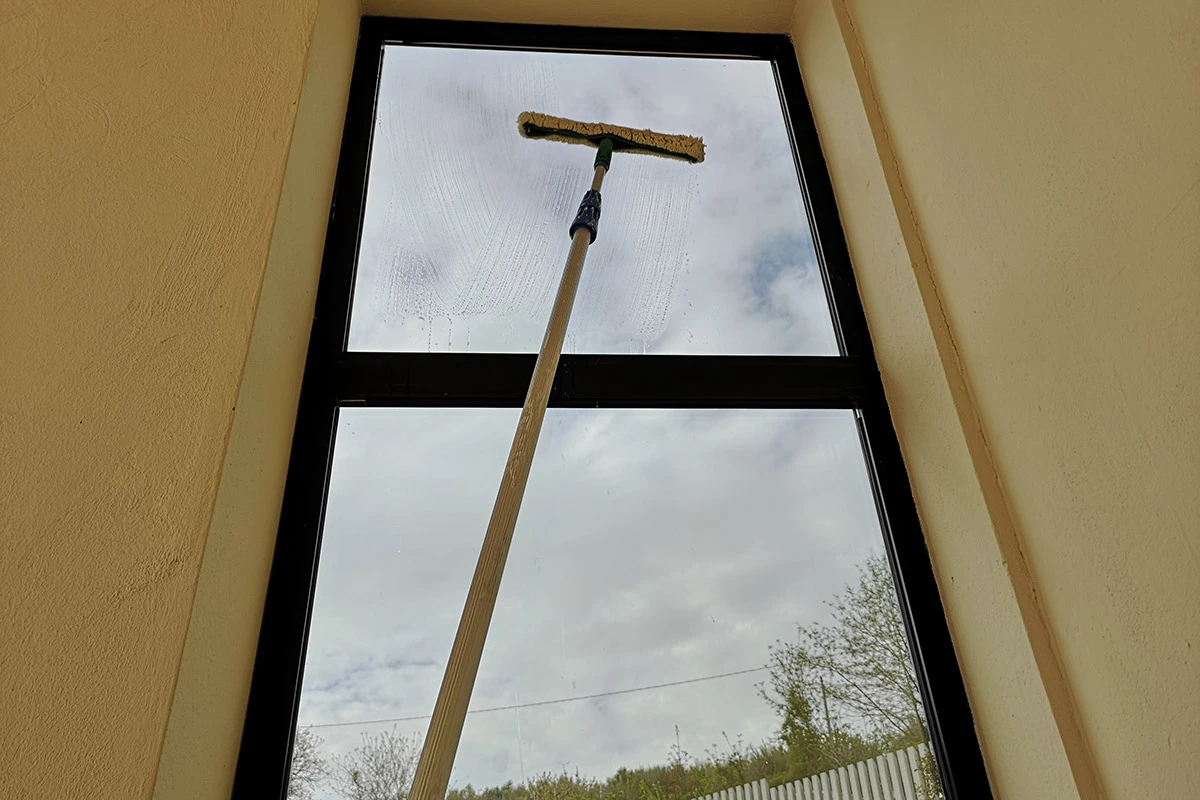
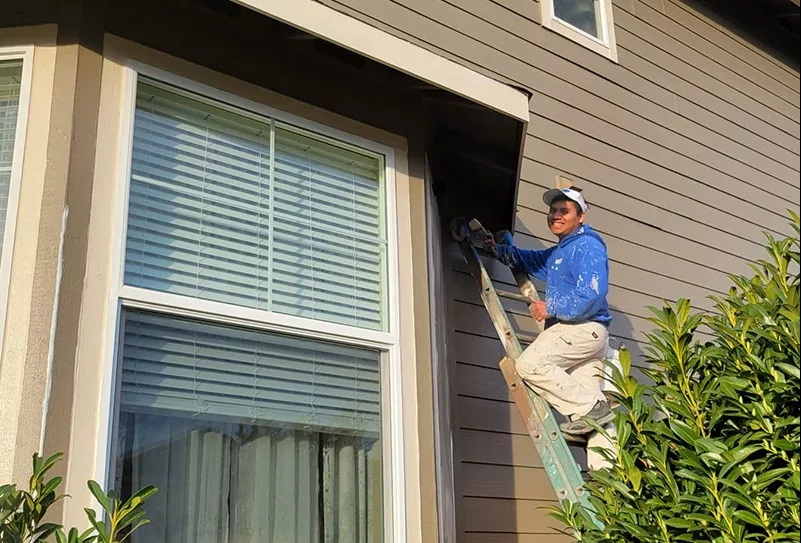
Paint Your House
Yes, painting your home an energy efficient color will save energy! What’s an energy efficient color? Typically any color that reflects heat waves, such as white, beige, light gray (Jackson & Sons) and other light or neutral colors. These colors will help keep heat off of your home which results in less HVAC usage.
Inspect Your HVAC
Having a broken HVAC can be an issue in the hottest and coolest of months. You don’t want to find out that your air conditioning doesn’t work on the hottest day of the year. Have a professional inspect your HVAC system in the spring so potential fixes can be finished prior to the seasons that need it most. An HVAC system that works properly will be energy efficient.
Insulate The Attic
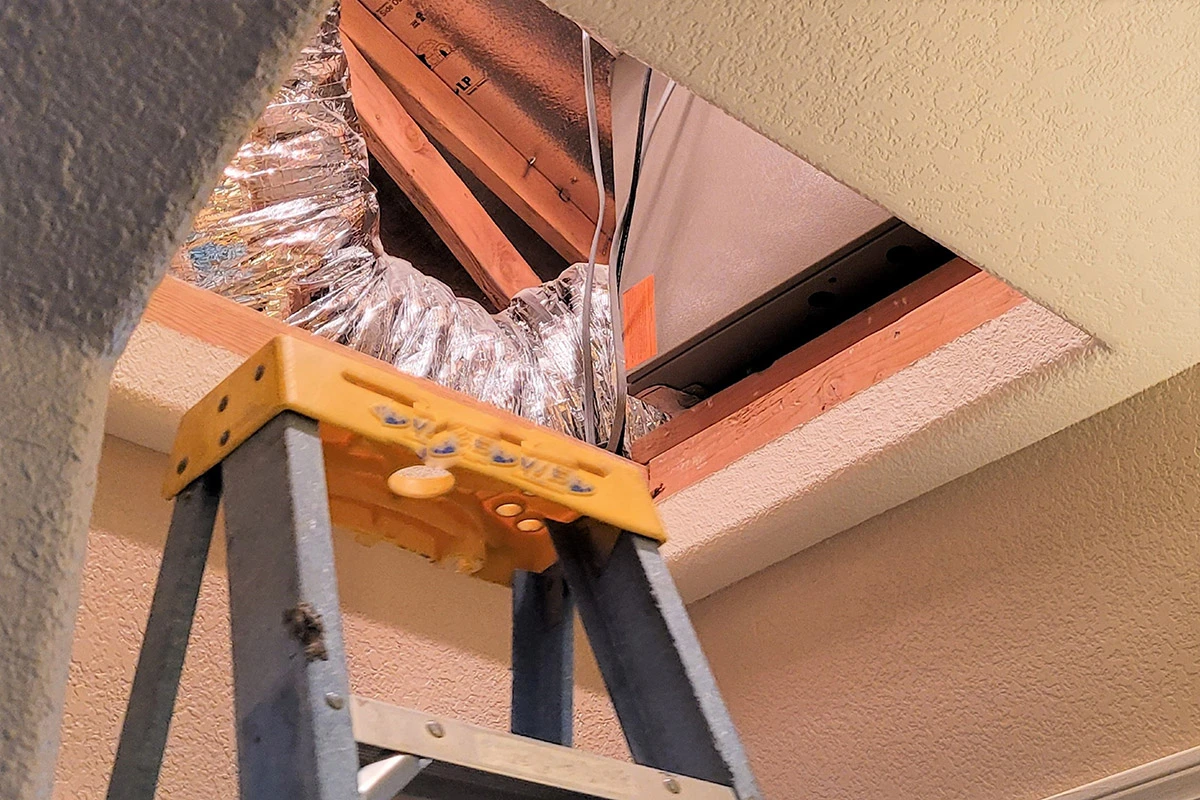
Add extra insulation to your attic (“Simple summer home maintenance tips for comfort and energy …”). Insulation is good for keeping both hot and cool air from escaping as well as entering a home. It will allow your HVAC to not work as hard when heating or cooling your home, which will save you money.
Get Door Closers
Install door closers to keep doors shut (“10 Ways to Prepare Your Home for a Hot Summer”): Hotter days call for cooler indoor temperatures, and that means higher energy bills. Minimizing the amount of times you go in and out of a home is one way to keep energy costs lower. Installing a door closer is part of that. A door closer will make sure that your door is sealed shut every time you use it; older doors are typically harder to close and may accidentally be left cracked open if not shut well enough. If you notice that cold air is still seeping out through doors while they’re shut, you may be in need of entirely new doors. Installing new doors will ensure that no money is wasted on cold air.
Repair Or Install A Deck
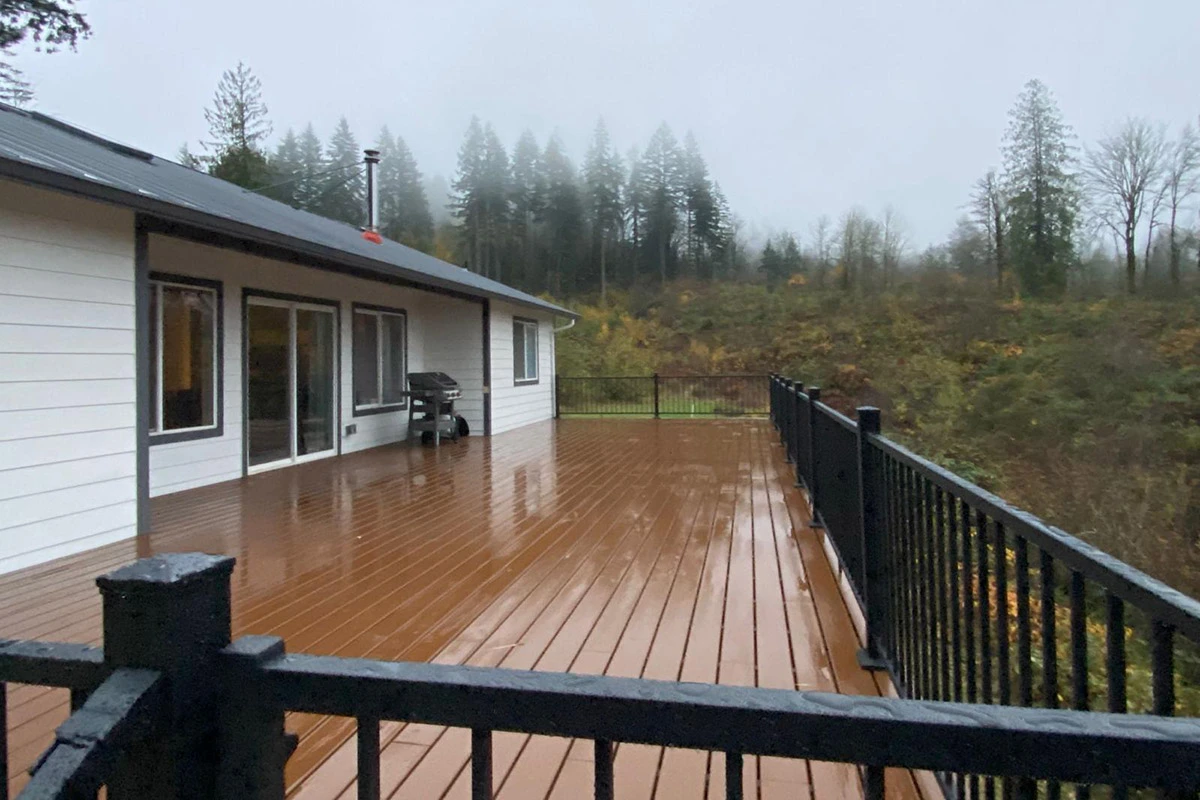
Decks actually absorb heat from the sun and emit that heat when the sun goes down. If you live in an area that is hot during the day but cold in the evening, having a deck can keep the air around your home warmer at night. On the other hand, if the summers bring too much heat during the day, as well as at nighttime, shading your deck with trees (Trollinger) or other greenery can make the air around your home cooler in the evening. Both tactics work to help energy costs stay lower during summer months. Plus, having your deck repaired, replaced, or installed in summer weather is the best time to do it. Since there’s less rain in the summer, deck construction gets done quicker.
Install A Smart Thermostat
Smart thermostats not only have pre-set eco-friendly settings but also have control over your cooling and heating systems to prevent any unnecessary run time. They accurately monitor the set temperature in a home and allow you to control your house temperature from smart devices even when you’re away. Digital thermostats can also be put on a schedule so that you don’t have to manually adjust them throughout the day, when you leave for work, or at night, when you’re sleeping. These thermostats help save money by conserving energy that is potentially being wasted by using air that’s not needed.
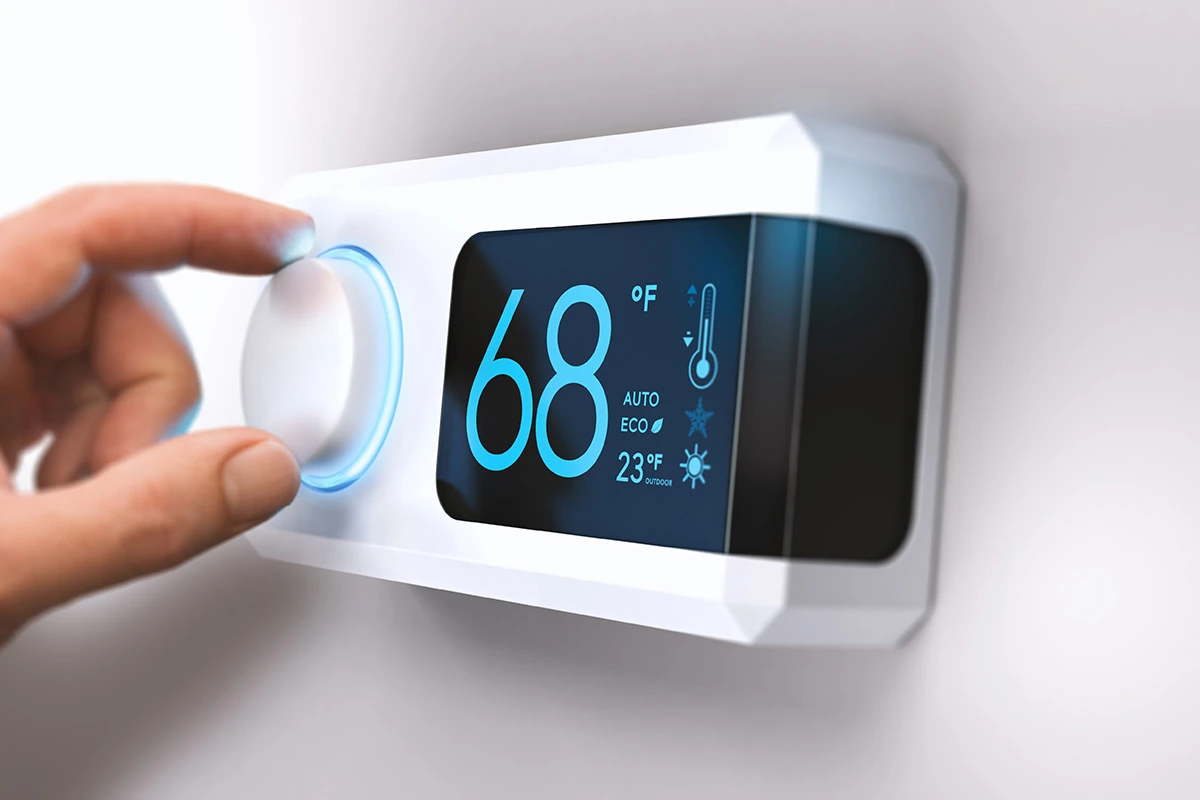
Buy Houseplants
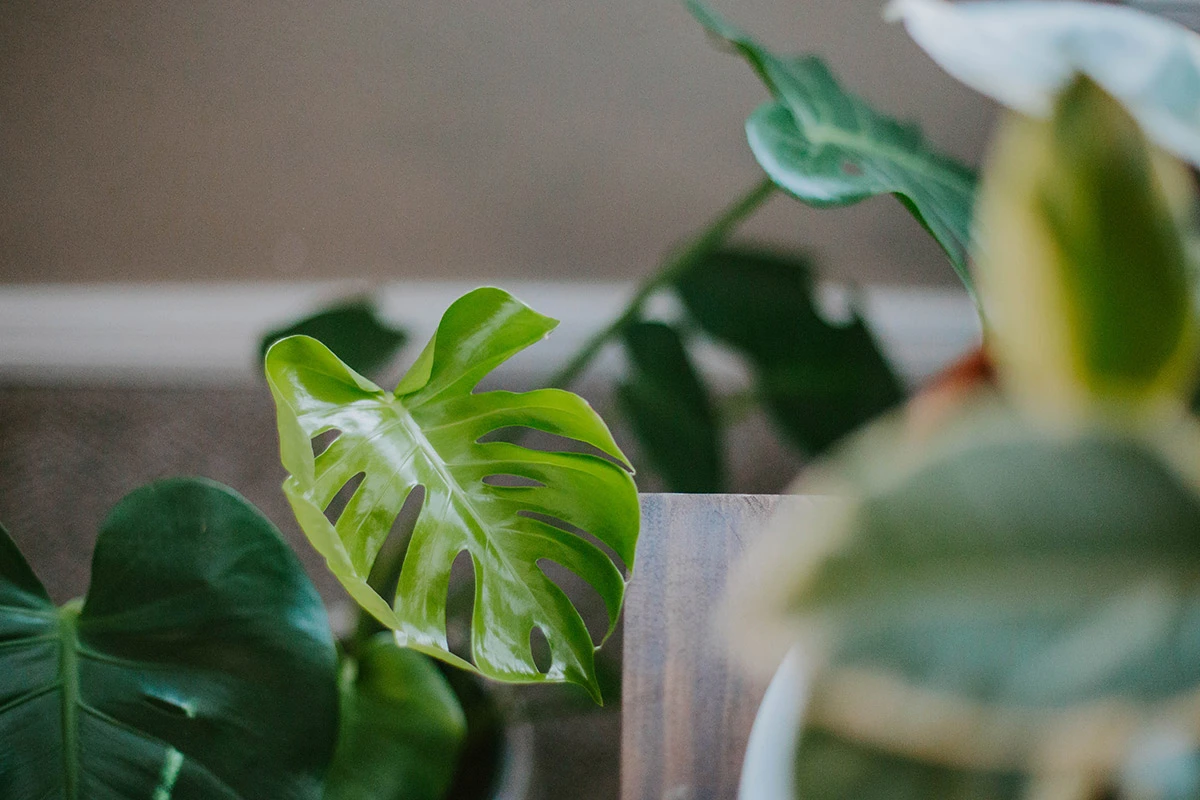
Fill your home with plants! This energy saving trick will beautify your home and light up any indoor space. Houseplants lose water when it’s hot, this causes the water to be released into the air, which keeps the air cooler than usual. In return, the transpiration from plants (Wolff) helps conserve HVAC energy. Not to mention, plants are an air filter hack that will leave your house with clean, purified air – so there’s no need to buy an air purifier, if that was on your to-do list.
Clean Dryer Vent Lint
A clogged dryer vent will make your dryer work harder to dry your clothes (Electricity Plans), leaving you with a higher electric bill. Clean out your dryer vent not only to keep energy costs more efficient, but also to avoid dryer fires. A clean dryer vent will also allow your dryer to work properly by drying your clothes faster without overheating them.
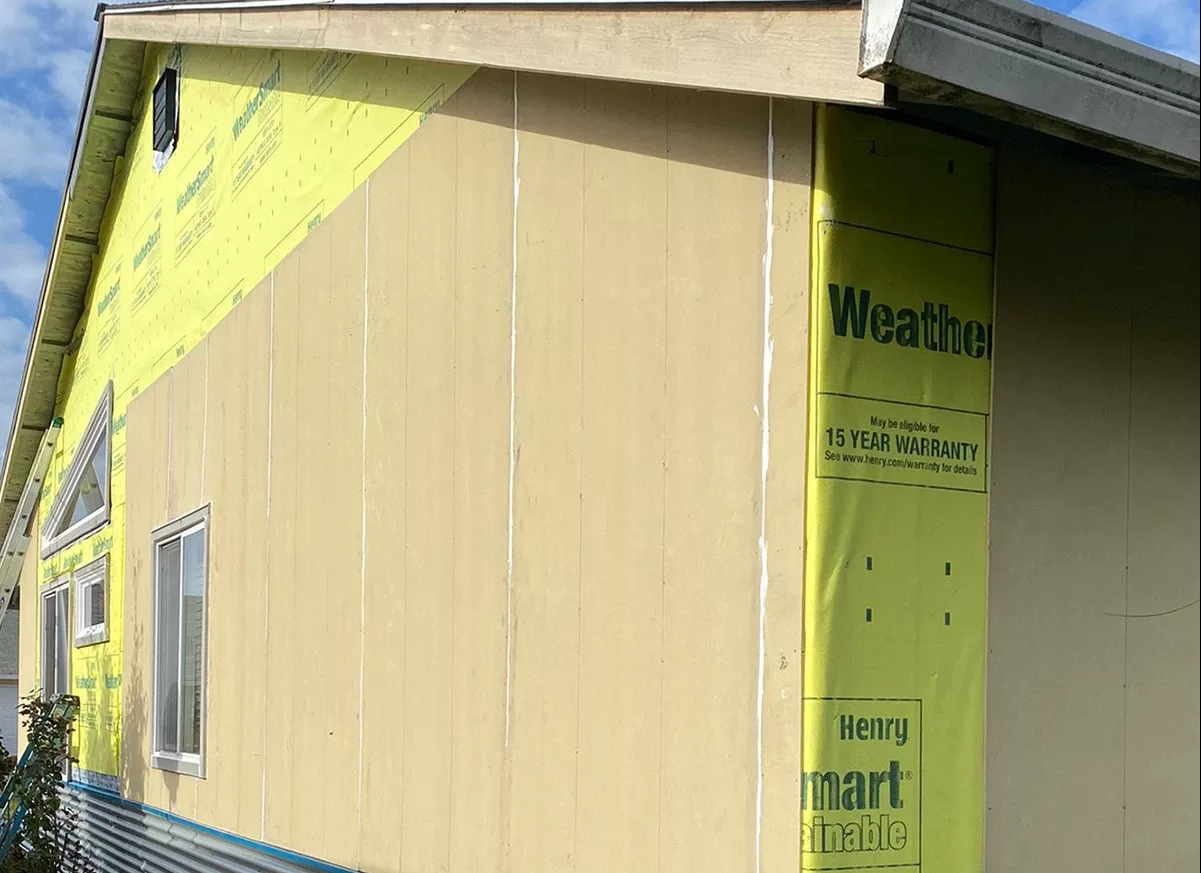
Repair Siding
Most people opt to have their siding repaired in either spring or summer; makes sense, since the weather is the nicest during this time. However, you can also get your siding repaired or installed in the Fall. Siding companies often have the best deals in the fall when business seems to slow. Repairing siding in the fall will also prepare and protect your home for the upcoming winter and possible stormy weather, while keeping rodents and other pests out of your walls. Aside from other issues, having renewed siding is great for saving energy as it keeps your home properly insulated and avoids wasting any hot air.
Switch To LED Lighting
It would do you well to switch out all incandescent or fluorescent bulbs in your home for LED light bulbs instead. ENERGY STAR (ENERGY STAR) rated LED bulbs use up to 75% less energy, and can last 25 times longer (U.S. DOE) than incandescent and fluorescent lighting. LED lights don’t get hot when left on for long periods of time, and don’t contain any harmful gasses, making them a safer option as well. In a season where lights will be used more often than not, making this change is beneficial, as it will continue to save energy in the coming winter months as well.
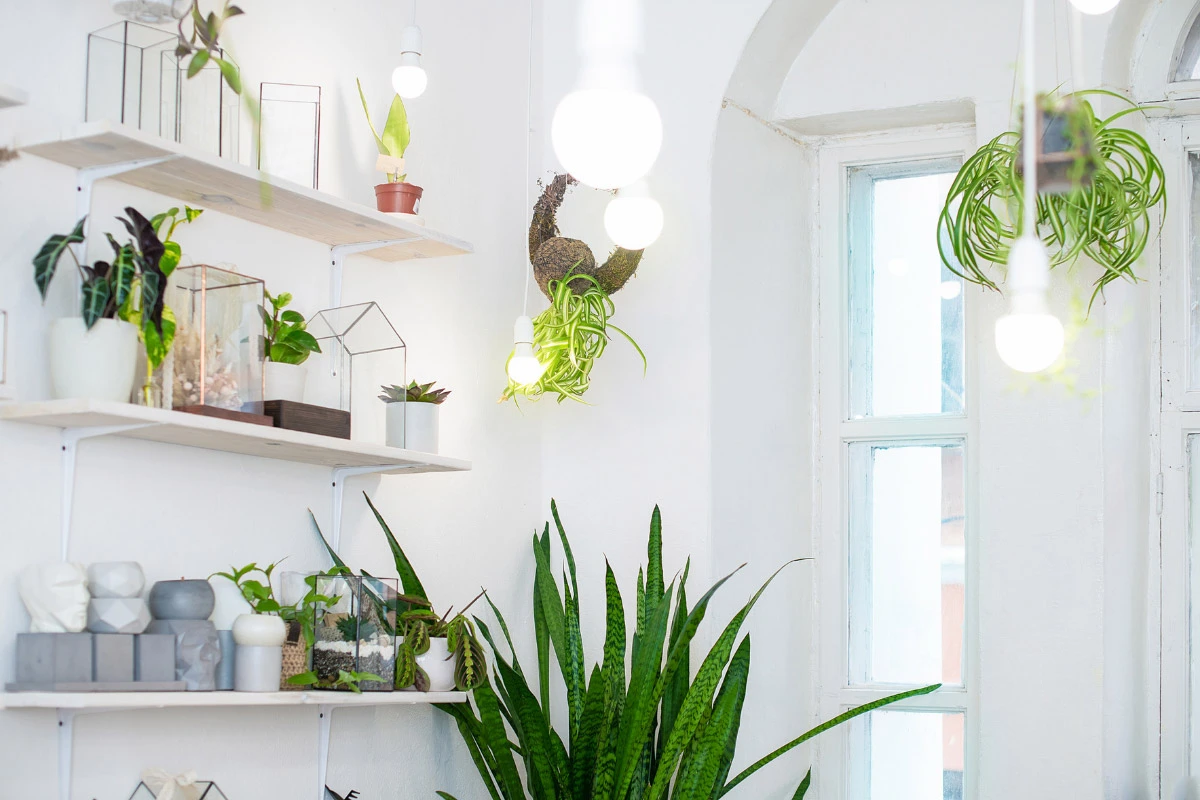
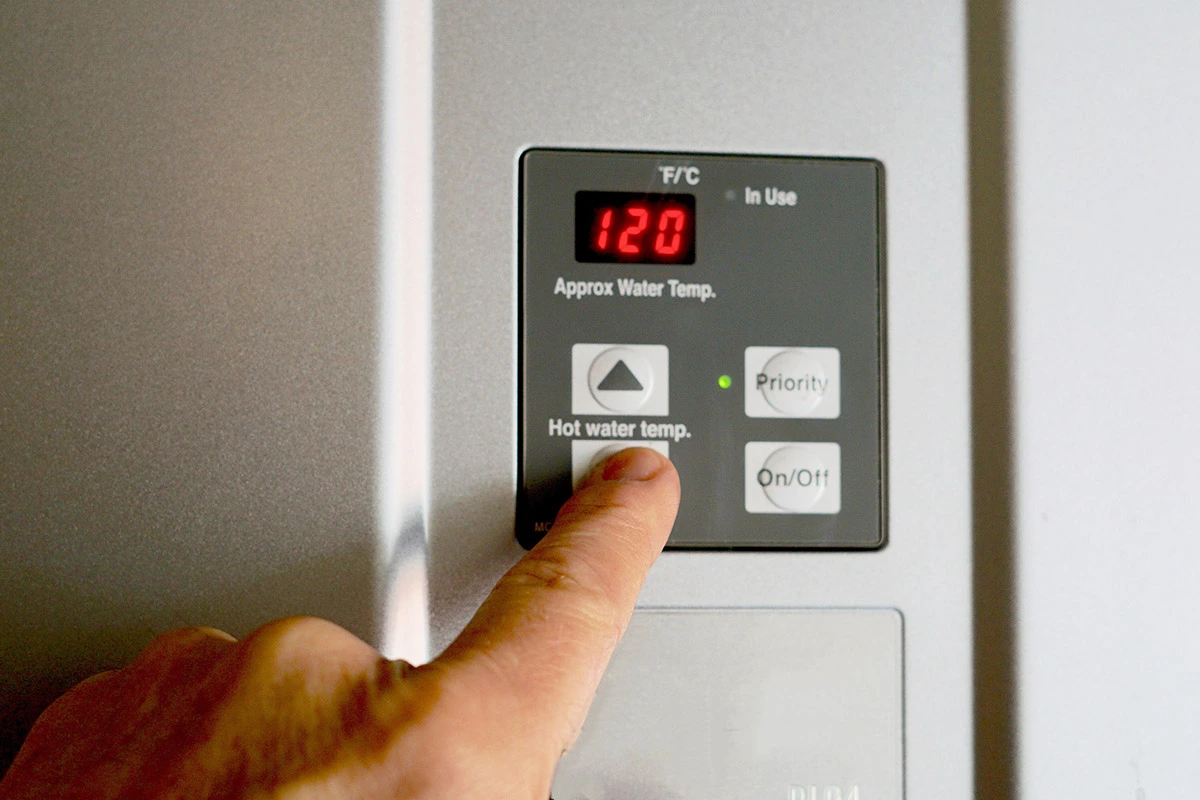
Turn Down Your Water Heater
Most water heaters are set anywhere from 120ºF to 180ºF. You can limit hot water usage during the winter months by turning down your water heater temperature. If you’re not sure how to turn it down on your own, ask a professional plumber to come do it for you. Turning the water heater down to a temperature of 120ºF should suffice, and will save anywhere between 4%-22% of energy annually (Energy Saver). If you’d rather keep your water heater at its usual temperature, you could also consider installing thermostatic mixing valves to mix cold and hot water for temperature regulation.
Pro Tip: If you plan to go on vacation, completely turn off the water heater to save more energy while you’re away.
Pre-Set Your Thermostat
During the winter, it’s easy to want to boost up the heat when you get home from work for quick warming comfort. However, drastically raising and lowering the heat is a tactic that wastes a lot of energy. Don’t worry, you can set your thermostat to the correct temperatures for optimal savings while maintaining a cozy living space. Palmetto Solar (Palmetto) suggests the following settings to keep your home warm while being energy efficient:
- 68 °F during the day (if someone is home)
- 65 °F during the day (if no one is home)
- 65 °F at night
- 60 °F if you leave home for vacation
During warmer months, the Department Of Energy (Energy Saver) says that 78°F is the ideal AC temperature setting for energy savings.
Pro Tip: Whether it’s a cold day or a hot day, all you need to remember is to set your thermostat as close as possible to the outdoor temperature while remaining comfortable. So if it’s 40°F outdoors and you feel warm enough with the thermostat at 60°F, then that’s going to be your preferred energy savings temperature. Likewise in the summer, if it’s 90°F out and you can’t have your thermostat higher than 75°F, then that’s your best summer setting. Every home is different, so it may take a few degree changes before figuring out what’s best for you.
Use Thick or “Blackout” Curtains
When it’s cold out, the air by and around the windows will be cold. Having thick curtains will block this cold air from making your home cooler and conserve energy by maintaining heat. Apparently, thick curtains can reduce up to 60% of heat loss (“How to reduce heat loss through windows”) in the fall and winter months. Depending on where you live, you can open the curtains in the daytime for natural light, and heat from the sun, and close the curtains at night to conserve heat and keep colder temperatures down. In the hotter months, thick curtains will also keep the inside of your home cooler.
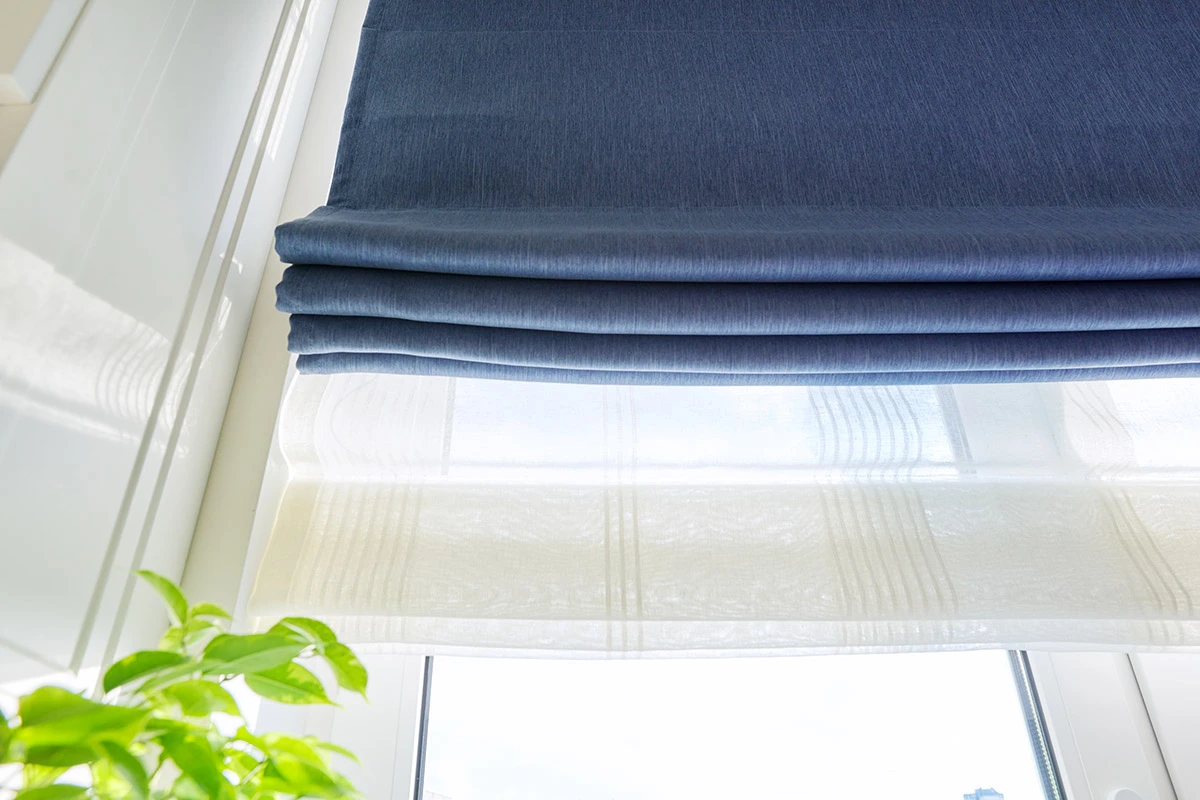
Pro Tip: To maintain natural indoor light in the summer, only close thick curtains over windows that are getting the most amount of sunlight. South facing windows typically get the most sun throughout the day, so keeping these covered will be most effective. In the winter months, do the opposite. Leave south facing windows uncovered for the most heat and natural light retention.
Replace Old Appliances
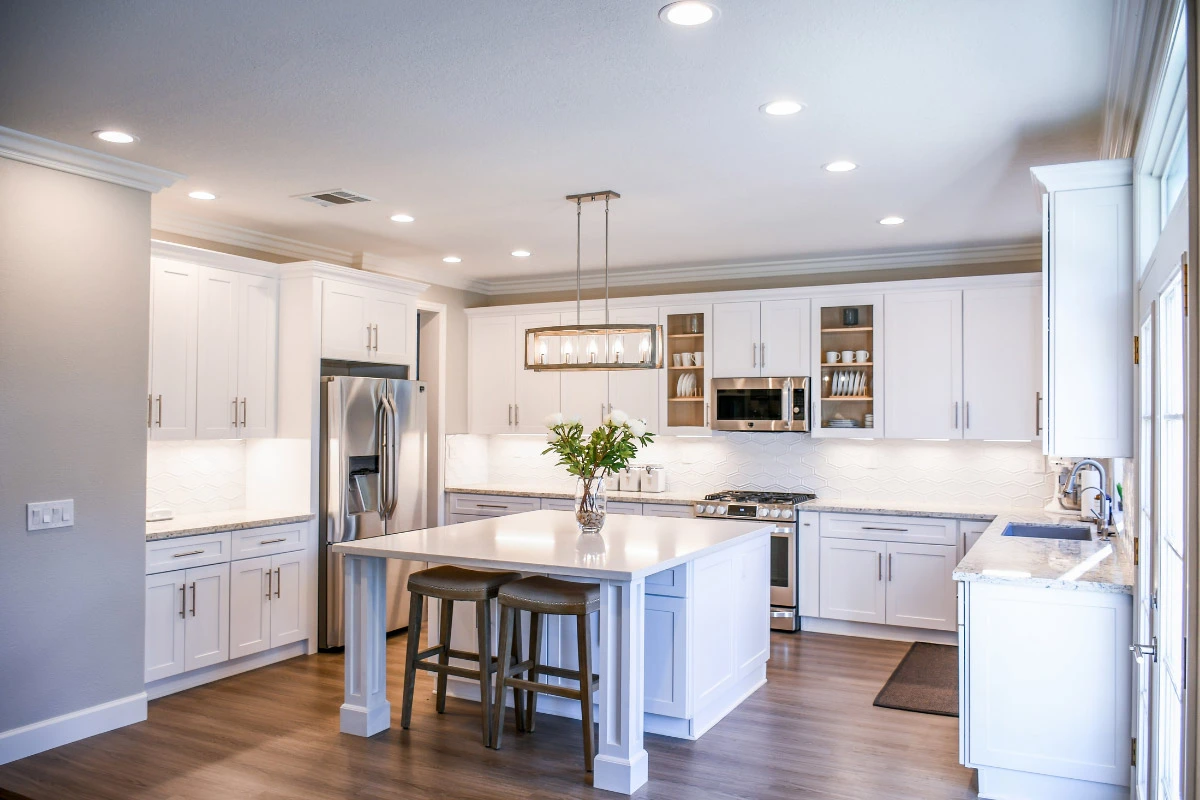
Appliances that are older than 15 years are considered old and outdated. With as fast as technology is developing today, some appliances are outdated in as little as 10 years. A good way to tell if you need to update an appliance is by simply observing it. Does it work just as good as the day you bought it? If not, it may be time for a new one.
Aside from working properly, is it saving energy or taking up more energy than necessary? It’s important to look for the Energy Star logo when shopping for new appliances. Energy Star appliances use less energy than others and typically last longer than non-efficient models. Since it is expensive to replace all your appliances at once, you should begin with the ones that eat up most of your energy bill. Appliances that use up the most energy include:
- Refrigerators
- Washing machines
- Clothes dryers
- Air conditioners
- Dishwashers
- Stoves
Install Or Use Your Ceiling Fan
If your home has ceiling fans, you should use them to circulate air through your home. Ceiling fans work to pull up hot air and push it back down to create a breeze. You can reduce how much you use your HVAC or air conditioner by turning on your ceiling fan. Ceiling fans will circulate the air, which levels out the hot and cold air in a home. Then thermostats can be turned up to a warmer setting (Wise) to save energy, while your home maintains a cooler temperature.
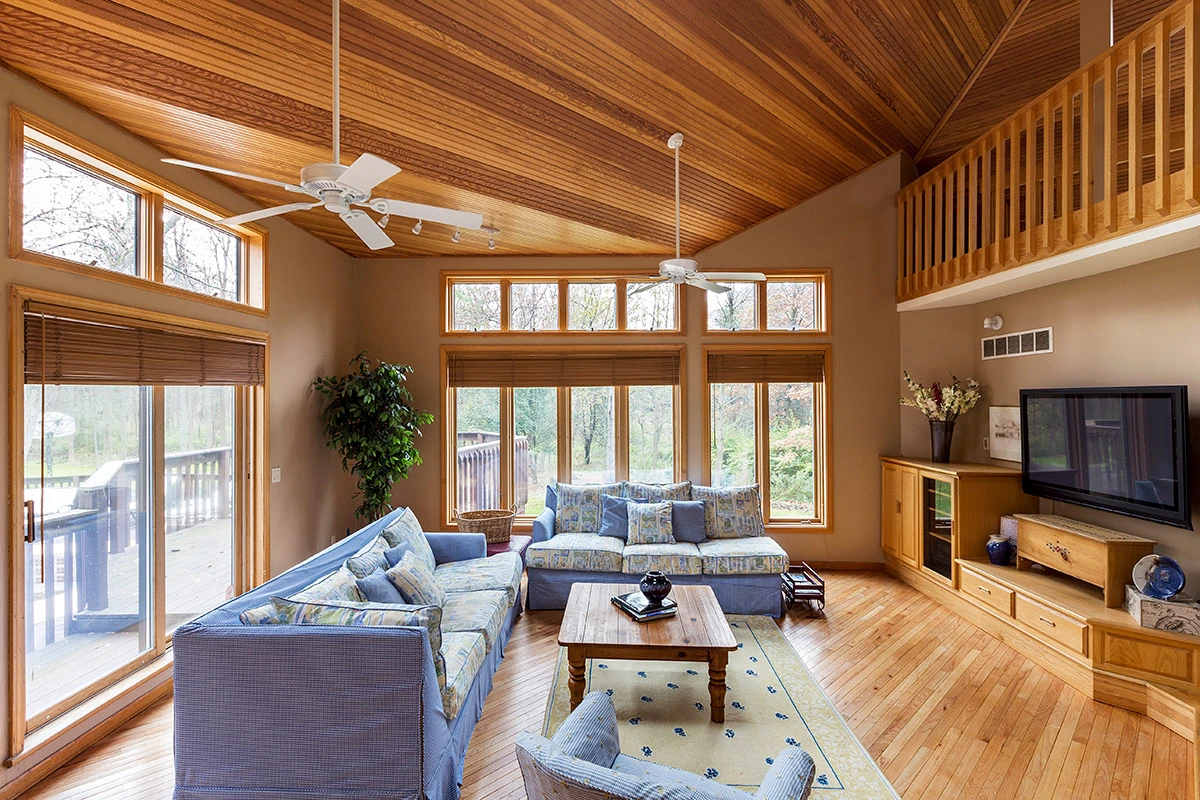
Repair Your Roof
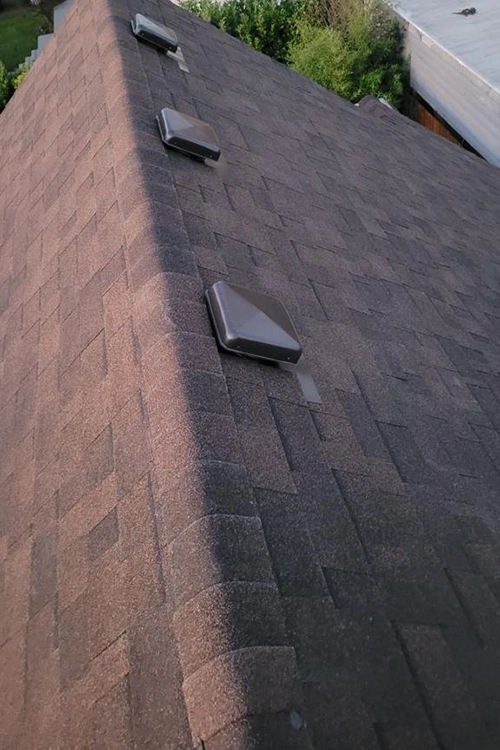
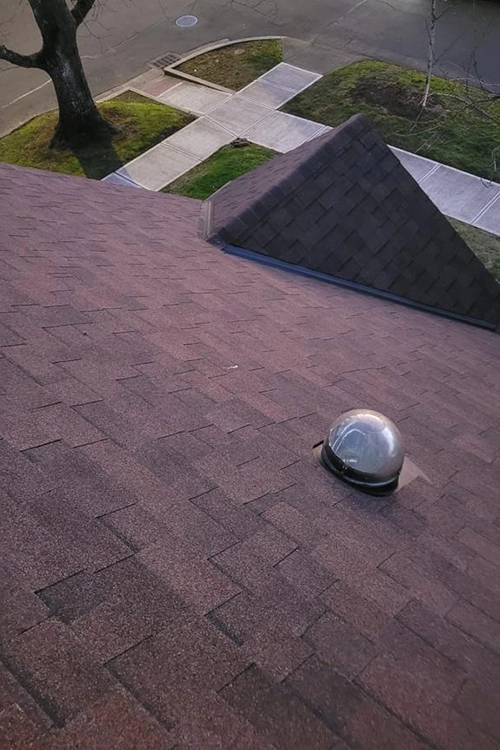
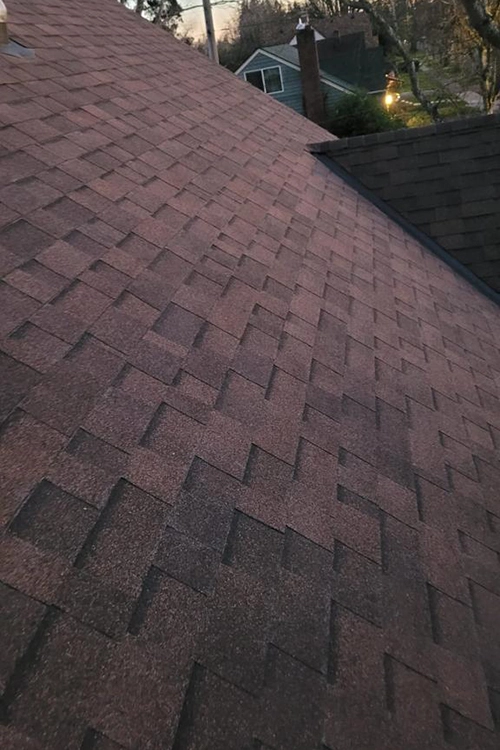
You can use binoculars to inspect the top of your roof for damage. Missing, cracked, or out-of-shape shingles should be fixed to prevent water damage and to keep heat or cold air from escaping. Additionally, one damaged shingle can easily lead to another. If you notice damage to your roof, it’s important to consult with a professional. You can hurt yourself while scaling a roof, so roof repair is best left to the experts.
The most common place for heat to escape from the attic through the roof. A roofing professional can inspect your roof for any other issues, but they can also add an extra layer of insulation for home heat conservation. Losing heat in the winter through the roof is a big reason for skyrocketing energy bills. You can save about 15% on heating and cooling costs (Scottberg) by adding insulation to your roof.
Pro Tip: Another place to check for insulation issues is your siding. Damaged siding can leak heat from your home in the winter, and leak cold air in the summer. Having your siding properly insulated will save money throughout the year.
Get New Windows
If you need to update your windows, be sure to replace them with new energy-efficient ones. You should choose double-paned glass that will better insulate your home so that temperature control is not as costly. Hire window and siding contractors so that your windows are installed correctly. New windows are better at protecting your home from storms, wind, rain, and hail. Additionally, you might consider investing in larger windows than what your home currently has if you want to take advantage of more natural light for added energy efficiency. The more natural light there is, the less time lights need to be switched on.
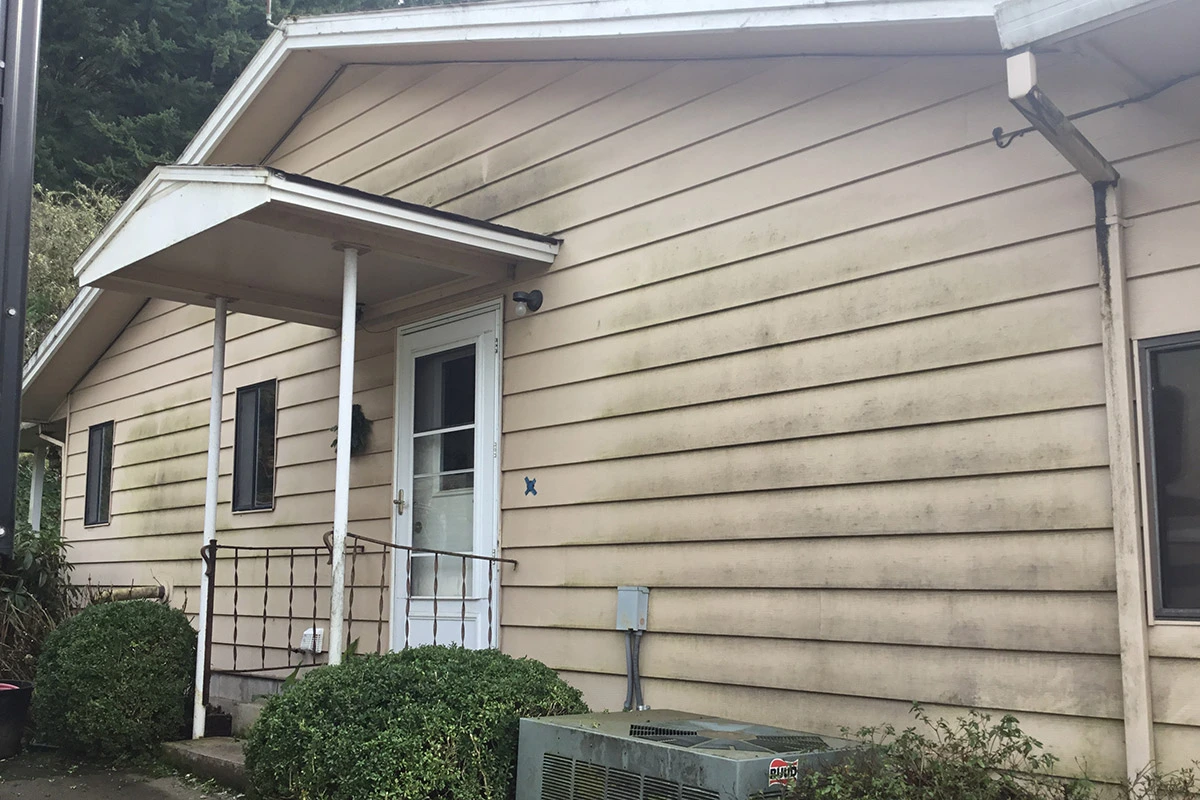
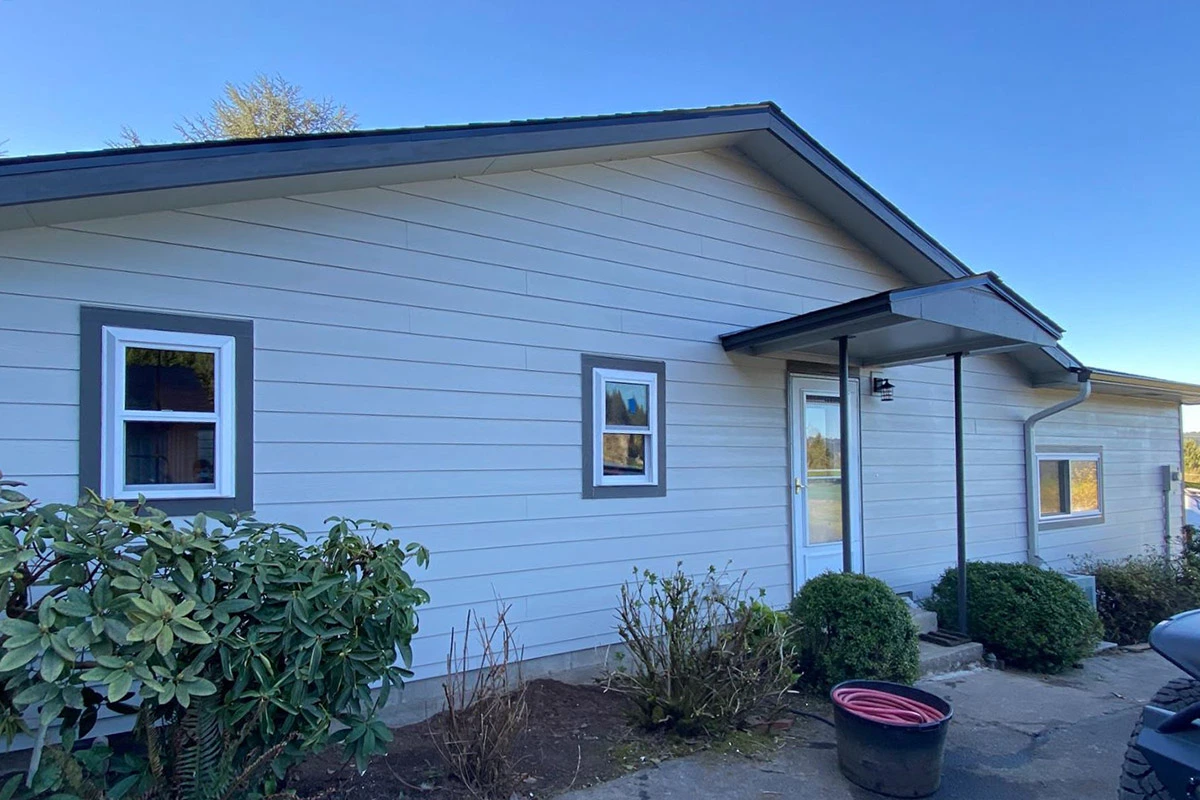
New windows, siding and paint by Sister Siding.
Buy Energy-Efficient Doors
If your doors are old, or just not energy efficient by allowing air to pass through, you should consider replacing them. As always, ask your local contractor for help in choosing the most cost effective option for saving energy, and opt for the Energy Star logo when making decisions on your own.
If you’re considering a sliding glass patio door, or any type of mass-glass door, be aware that it can leak energy even when sealed. For the most energy efficient option when choosing glass, Low Emissivity Glass (“Low E Glass: What Is It, How Does it Work, & Is It Worth It?”), or Low E Glass, is the best choice. Though a little more pricey than regular glass, Low E Glass saves money in the long run by using its extremely thin transparent coating (“What is Low-E Glass & Does it Make Windows Energy Efficient?”) to reflect heat. Low E Glass also reflects hot or cold temperatures back into the home. So, if the heat is on in the house while it’s cold out, the Low E Glass will reflect the hot air (Glass Education Center) back into the home without letting it escape.
Pro Tip: Low E Glass can also be used for windows to save more energy throughout your home. Keep in mind that weather stripping also wears off of windows and doors over time and needs to be replaced as needed.
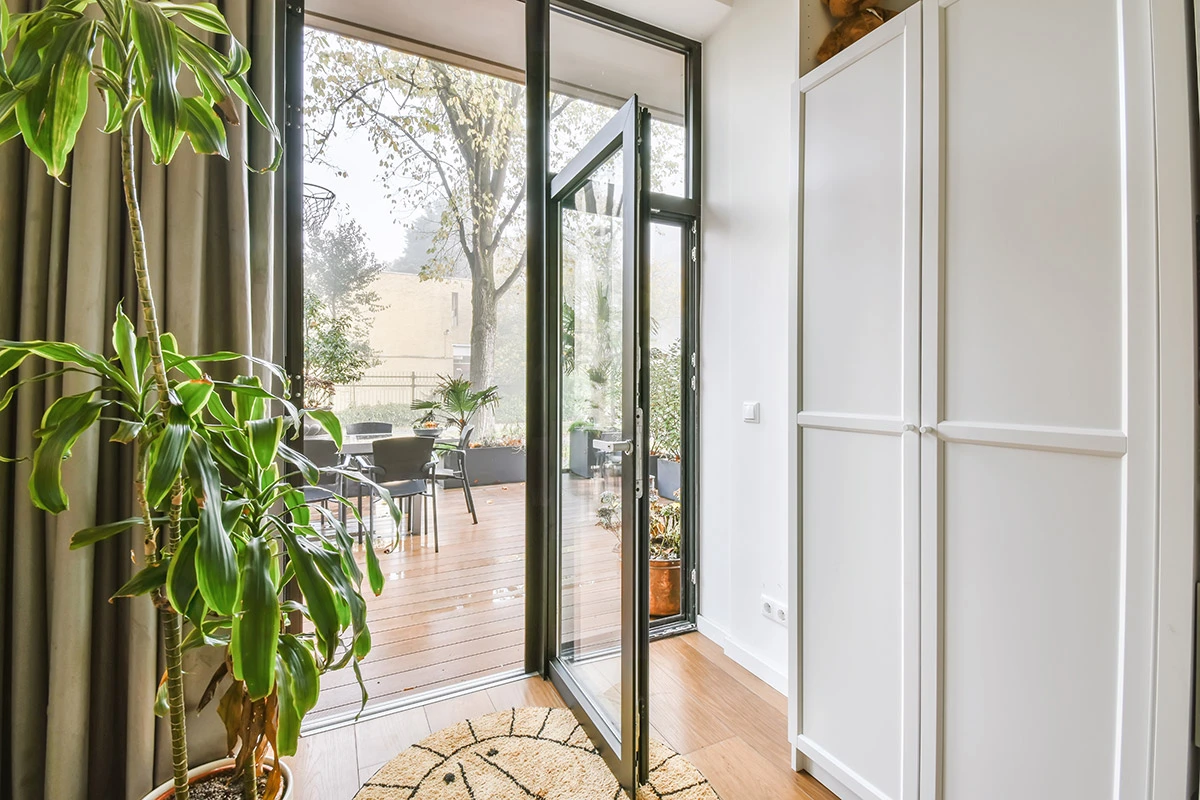
Each of the energy efficient home improvement ideas listed above save money in the long run, and the majority of these improvements are free! The most efficient ways to save energy will involve routinely maintaining your home—for example, repairing the roof, windows, and doors when they need it.
You can avoid more expensive home improvements by performing a home inspection at least once annually. Trust your local contractors to help you identify exterior damage that you should fix right away. Hopefully you’ve discovered new ways to lower energy costs and these proposals have your mind swimming with ideas for your home.
